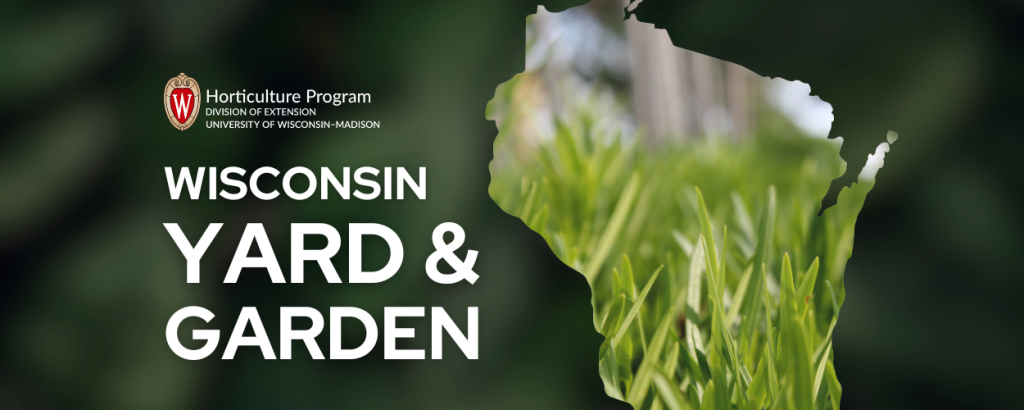
While lawn care maintenance schedules are blank in January, now is a wonderful time to plan how to achieve a quality lawn with less overall care and reduced use of chemicals in 2025. Proper fertilizing, mowing, and good soil conditions are all keys to healthy lawns.
Fertilizing has a significant impact on lawn health. Lawns need nitrogen fertilizer on an annual basis, but oftentimes information is unclear on proper amounts to apply. Full sun lawns need about three pounds of nitrogen per 1,000 square feet for the entire growing season, with about half that amount suggested for shade lawns. Individual applications should be one pound of nitrogen per 1,000 square feet of lawn area or less. Clippings returned after mowing recycle nitrogen.
Focus on May and early September as optimum times for fertilizer applications. Resist the urge to heavily fertilize lawns as soon as spring arrives. Instead, wait until your lawn has resumed growing and ideally you have mowed twice before making a spring fertilizer application. The second key time for applying nitrogen fertilizer to lawns is Labor Day. Choose quality slow-release or controlled-release nitrogen fertilizers for your lawn.
Although often overlooked in importance, proper mowing is key to both healthy looking lawns and reducing chemical use. Mowing too short is a common, correctable problem on home lawns. Mow at about three inches high for more attractive lawns with fewer weed issues, especially crabgrass, in 2025. Follow the rule of one-third, which simply says mow often enough so not removing more than one-third of the leaf blade when mowing. Returning clippings does not cause thatch, and since they recycle nitrogen, you can apply less nitrogen fertilizer.
Healthy, problem-free lawns share the common characteristic of good underlying soil conditions. Grasses growing in good soil have well-developed roots, which translates to healthy plants. The importance of taking time and effort to properly prepare soil prior to establishing lawns cannot be overemphasized. Add soil amendments such as compost, quality soil, or similar materials and work them into the upper 4 to 6 inches prior to planting lawns.
On established lawns with soil problems underneath, consider core aerating in your 2025 lawn care plan. This practice gradually improves conditions for roots, which translates to better quality lawns that long-term will require less care. Core aerating is also an ideal way to manage thatch problems, as it both degrades existing thatch and addresses the most common causes, soil issues like compaction and poor drainage.
Planning properly timed and sound practices make huge differences in lawn health. Watch this column for more on lawn care and numerous gardening topics throughout 2025!

About the Author
Bruce Spangenberg is a Horticulture Outreach Specialist with UW-Madison Division of Extension. Get answers to your lawn, landscape and garden questions anytime at “Ask Your Gardening Question.”




